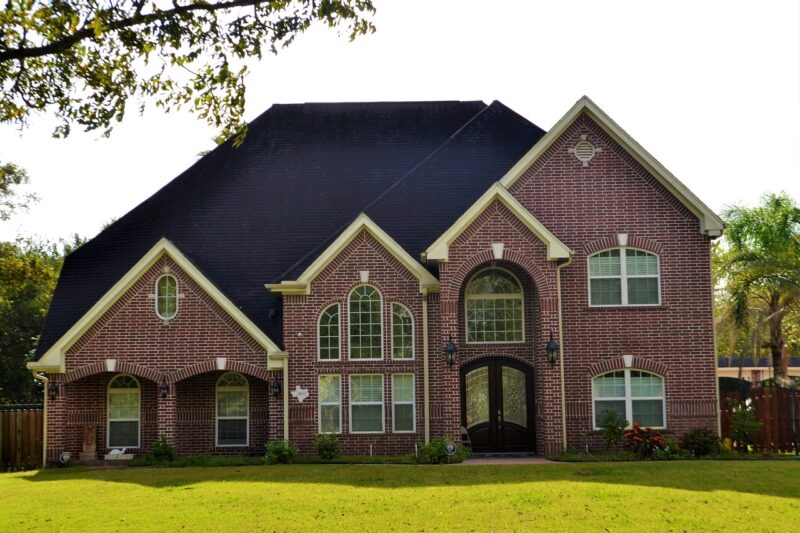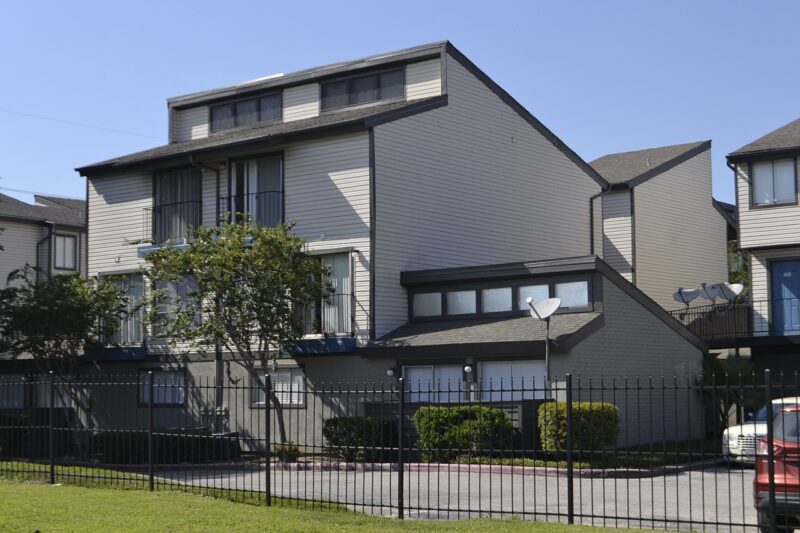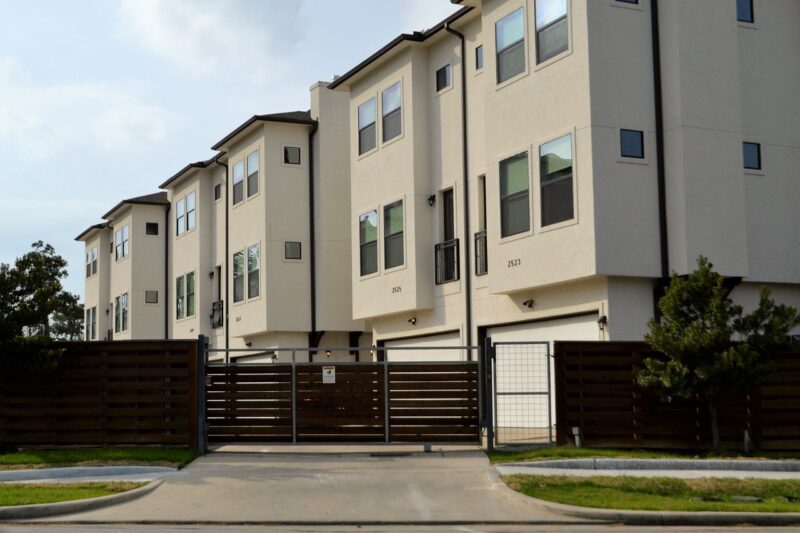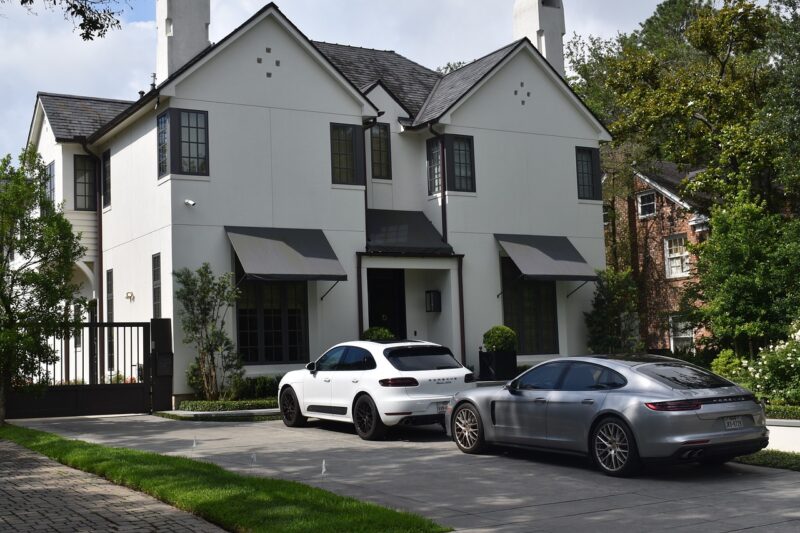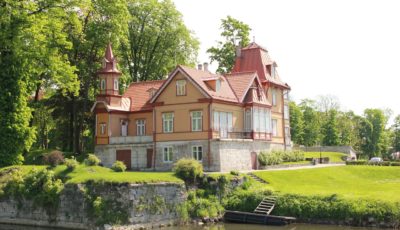Texas Real Estate Update for Fall 2022
As housing markets across the nation face uncertainty, the state of Texas shows unwavering resilience. Seasonal or not, the recent slowdown makes many buyers skeptical of real estate, primarily due to macroeconomic developments. With interest rates increasing and the global economy facing one challenge after another, people are increasingly vigilant.
Nevertheless, the supply chain is much better after recovering from the pandemic, and material prices are slowly returning to normal. Suppose the nationwide slowdown is seasonal and, therefore, historically justified. In that case, we are up for a strong reversal with the coming of spring. For states like Texas, experts have even more reasons to be optimistic.
According to a Redfin report, home prices are currently appreciating, with a 10.3% increase year-over-year. However, we are seeing 18.2% fewer sales, while the number of listings is up by 25%.
Current trends across the state
While the state is holding up well compared to other areas around the country, several metros are doing better. For example, Canyon Lake and Bolivar Peninsula enjoy over 50% increase in the median price for residential properties. Other metros are trailing behind, but their statistics are impressive nevertheless. From West University Place to Horizon City, many areas flirt with property appreciation of over 30%.
Interestingly, the housing supply was almost at an all-time high during the summer. Adding new homes to the market, it reached an increase in inventory similar to that of 2018. Now, as we are well into fall, the expected pullback is surprisingly tiny. Currently, homebuyers have access to more than 113,000 residential properties across the state.
At the end of October, the most competitive cities are Nolanville, Kileen, The Woodlands, Bedford, and Deer Park. According to the same Redfin analysis, more than 13,000 people were searching to move into Texas rather than leaving the state. This number is much higher than in neighboring states like New Mexico, Oklahoma, Arkansas, and Louisiana.
Luxury properties are still on the rise
Luxury homes in Texas accounted for less than 3% of all residential properties sold yet represent 13% of sales volume. However, while the average home spent 31 days on the market, luxury properties remain listed for a while longer and sell within an average of 55 days. Interestingly, new luxury homes in Austin spent 47 days on the market during September, indicating a difference in preferences across the state.
As we analyze trends from the Date Relevance Project, a joint effort between Texas Realtors and local Realtor associations, we see that luxury properties are increasingly popular. State-wide, the number of homes sold for one million dollars or higher increased by 89.6% from the end of 2020 to the end of 2021. We expect the numbers concerning the year at hand, but past data gives enough reasons to conclude an upward trend.
However, taking an aerial snapshot, we can see that during September, there was a 107% increase in the number of residential properties that classify as luxury real estate in Austin. The supply increased dramatically, adding 845 units to the market year-over-year.
Is there anything to justify these prices?
Local real estate prices are not arbitrary but result from other state-wide developments. Namely, Texas enjoys a positive net migration, significantly contributing to the high demand for residential properties. Every single week, about 3800 people move into Texas.
Demographically speaking, the population is young and diverse, which further strengthens the local economy. Currently, the unemployment rate is at 4%, as jobs offer lucrative benefits and competitive salaries across the board. Unsurprisingly, the state has the second-highest GDP in the nation, with 51 Fortune 500 companies located within its borders.
In 2021, the household income of people living in Texas was $67,444, which ranks the lone star state in 26th place nationwide. Moreover, the income-to-mortgage ratio is at 13.10%, which makes home buying a relatively reasonable prospect.
Interestingly, urban developments are partially on par with other high-GDP states. For example, walkability scores across Texas are average at best. For some areas, transit, walk, and bike scores are much lower than the national average. Nevertheless, the business climate in Texas justifies these compromises, and the lower cost of living allows people to spend more on transportation.
If current trends are any guide, there is no need to worry or be skeptical about the real estate market in Texas, even as we approach winter.

